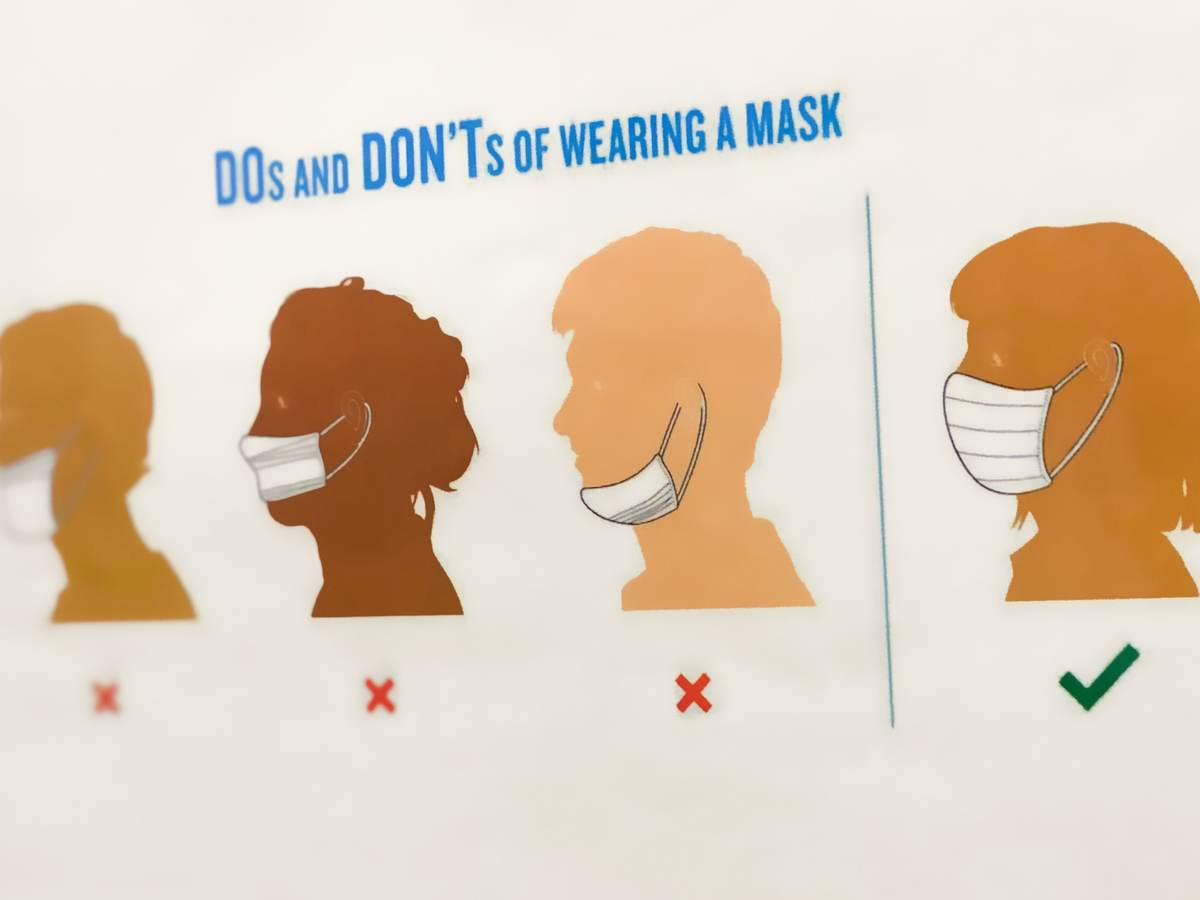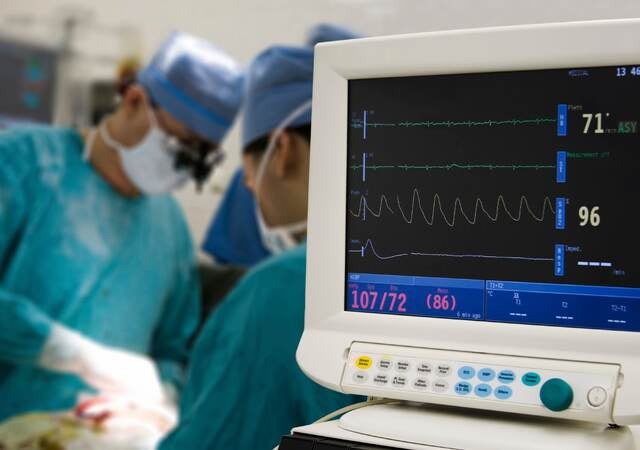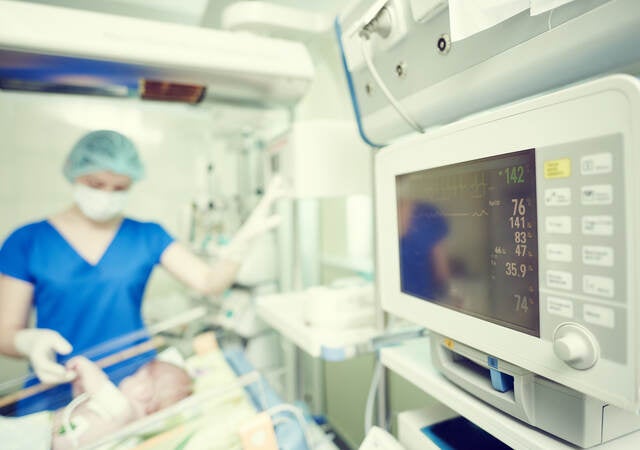January 18, 2022
New guidance from the US Food and Drug Administration explains a phased transition plan for medical devices currently covered by agency enforcement policies devised to address the COVID-19 public health emergency.
The draft guidance lays out a 180-day phased transition to normal agency operations intended to facilitate full FDA compliance for devices once enforcement policies related to the COVID-19 emergency wind down. Such an approach should help avoid potential supply disruptions as affected manufacturers intending to continue marketing their products in the US prepare for full FDA registration, according to the guidance. (FDA published the guidance alongside transition plans for Emergency Use Authorization (EUA) designations that will expire once the coronavirus pandemic is brought under control in the US.)
Which emergency enforcement policies will be affected?
A total of 17 enforcement policies issued during the COVID-19 public health emergency are targeted under FDA’s phased transition plan; manufacturers marketing whose devices currently fall under these policies will need to prepare for full FDA registration once the transition plan gets underway.
Affected enforcement policies cover product such as digital pathology devices; imaging systems; infusion pumps and accessories; ventilators and accessories; and clinical electronic thermometers.
Three phases to FDA enforcement policy transition
FDA’s 180-day transition plan entails three phases:
- Phase 1 begins on the plan’s implementation date, no less than 45 days following finalization of the draft guidance. During Phase 1, manufacturers should begin following 21 CFR Part 803 for adverse event reporting. Manufacturers of reusable, life-supporting or life-sustaining devices should provide reports to FDA to assess potential supply shortages.
- Phase 2 begins 90 days following the plan’s implementation date. Prior to Phase 2, manufacturers should have already begun complying with 21 CFR Part 806 regarding reports of corrections and removals requirements; companies intended to remain on the US market should also follow 21 CFR Part 807 requirements for registration and listing, and submit 510(k) or other premarket applications to FDA.
- Phase 3 comes into effect 180 days after the plans’ implementation date. At this point, FDA will withdraw all COVID-19-era enforcement policy guidances and begin requiring manufacturers to meet all standard regulatory requirements applicable to their devices. Manufacturers that have not applied for full FDA registration will be required to withdraw their devices from the US market.
Industry and other stakeholders have 90 days to comment on the draft FDA guidance. Although the COVID-19 emergency remains ongoing, FDA’s draft guidance for enforcement policies allows manufacturers to begin planning their transitions to full US regulatory compliance.
Learn more about US FDA medical device regulations at Emergo by UL:
- US FDA 510(k) premarket notification consulting for medical device and IVD companies
- FDA QSR (21 CFR Part 820) quality management system implementation support
- FDA medical device classification consulting
Request more information from our specialist
Thanks for your interest in our products and services. Let's collect some information so we can connect you with the right person.







